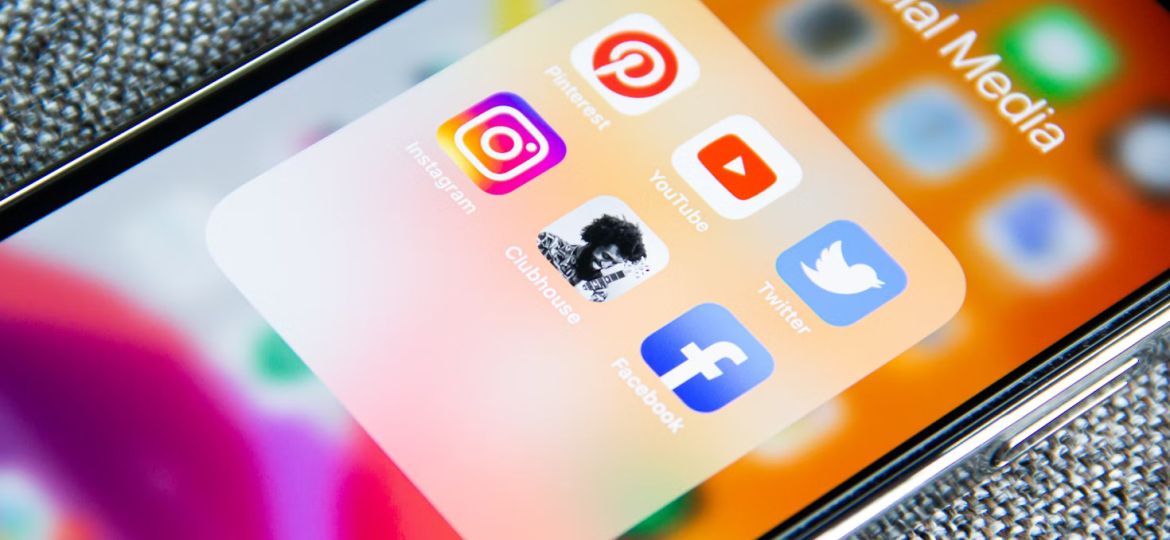
Recently, I decided to get myself vaccinated with the HPV (Human Papillomavirus) vaccine at the age of 30. While vaccinating me, the doctor asked why I was getting it so late in life (the vaccine is still effective, but perhaps less so now). My response to the question was “I never knew about this earlier and when I did get to know about it, initially I did not take it seriously.” Maybe not knowing how to respond to my living-under-a-rock state, the doctor just patted my hand, asked if the vaccine hurt, took my money, and said bye.
You might wonder what made me suddenly decide to take the HPV vaccine. Well, it was an Instagram post by an Insta-famous gynaecologist who explained at length how this vaccine can be a lifesaver in terms of preventing cervical and other cancers. What is more interesting to note here is that I have been working in the field of sexuality for some years but it was an Instagram post that got me to take the HPV vaccine seriously.
From my personal experience as a sexuality educator and from studies, like this one, it is evident that the main sources of knowledge for young people on sexuality education in India remain either friends/peers or the Internet. Sometimes the reliability of the source might remain a concern but at least with the advent of social media, the information and conversations about sexuality education, relationships, and mental health have expanded manifold. The curtain of shame has lifted slightly; eyes are no longer being averted.
Social media has changed the dynamics of entertainment because now entertainment is not just limited to consuming content but to participating through comments, like buttons, sharing options, and replicating the content and trends.
Platforms like Instagram are impacting our regular daily lives by not only providing us with entertainment but also giving us information. But the big question that comes with the abundance of information is how much of that information should we accept and how much should we reject. That is why having a mandated sexuality education school curriculum remains a viable way of teaching adolescents about sexuality.
Coming back to the title of this article – The Paradox of Social Media – it is important to understand how and why this is so and how helpful or unhelpful these platforms are for us. While, on the one hand, we might learn that it is not necessary to shave off our pubic hair for purposes of hygiene or appearance, on the other hand, these platforms pressurise young adults to have unattainable and unrealistic expectations about appearance and body type.
Social media is readily accessible 24*7 from our bedrooms to our bathrooms on our phones, yet it also makes us feel terrible about some or the other part of our life. We are consistently informed about the updates in the life of our classmate from middle school but it also makes us compare our life to that of others and beat ourselves up for it.
I think that the kind of entertainment we have in the era of high capitalism comes at a cost; sometimes we realise it, and sometimes we don’t. It is aspirational, educational and at the same time, it also makes us slightly unhappy. As consumers, we need to choose, every day, the filters we set – how much we let social media into our lives and how much of our lives we let flow into social media. It is a paradox. It is complex. It is what it is.